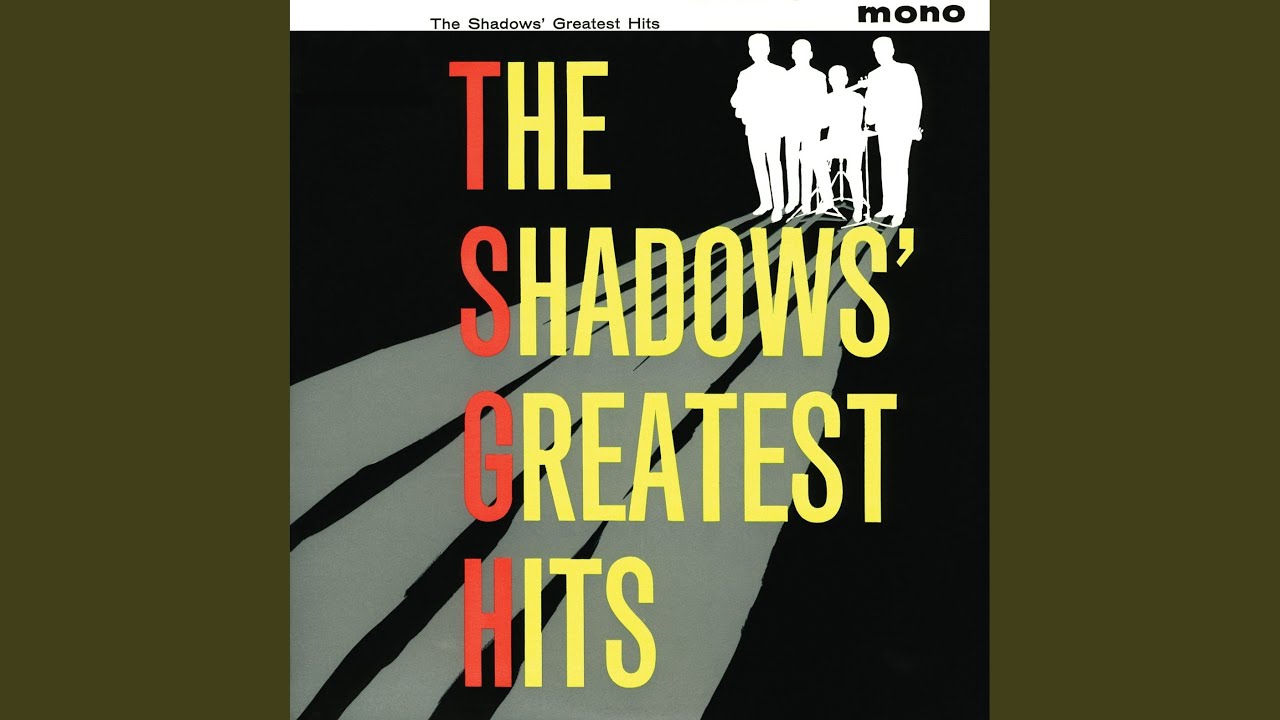“I started off on acoustic, and I was on acoustic for a long time,” Brian May recalls. “All I did was sing and play accompaniment. It was a long time before I became clever enough to play what I call single notes. I could hear people doing it on records but I couldn’t. I didn’t know how to do it myself.”
Brian May would go on to develop a guitar tone that is among the most identifiable in rock music. But discovering the ins and outs of guitar playing would take some time for May. As he explains to with Music Radar in a new interview, guitars were “illegal” contraband at his high school, Hampton Grammar. Long before he dared to play single-note lines on electric guitars.he had to sneak around to learn his craft.
“In the lunch hours, we would hide behind the cycle sheds because it was illegal to have a guitar at my school,” he says. “Seriously, things were very different in those days! (At) Hampton Grammar School, you would get suspended for even having a guitar, let alone possessing one at school.
“So behind the cycle sheds, we would hide, and we would play, and go, ‘Hank Marvin’s done this, y’know. And this…’ All these wonderful things were happening. Elvis was happening. Buddy Holly was happening. And we were finding out what they do, how they do it. That’s what we wanna do!”
Of course, May would eventually electrify his playing and has spoken at length about the trials and tribulations that came with building his iconic Red Special guitar that would come to define his career in Queen.
Along the way, a half dozen of those records he loved as a teen became essential to his quest to refine his tone. Here, in his own words to Guitar Player in 2004, are May’s self-described “Six Tones That Changed My Life.”
“Hello Mary Lou” — Ricky Nelson
“James Burton’s incredible crackling and wiry sound — and the squeezing of the unwound third string across the fingerboard of a Telecaster to make the guitar growl like a cat — is spine chilling! We all rushed out and replaced our wound third strings with Clifford Essex Banjo strings from the BMG Music store on Earlham Street, Cambridge Circus, in London. For me, this solo changed the path of history.”
“Bold As Love” — Jimi Hendrix
“Hendrix’s tone is enormously fat, yet incisive. It’s almost clean, yet tinged with a gluey edge of overdrive. He launches into the solo, tears it up, and you think you have heard it all. But then, after a wonderful, galloping reintroduction by Mitch Mitchell that’s deep in tape phasing, Hendrix’s guitar bursts back in — also deep in the phasing — with what must be the most searing and ethereal epilogue ever recorded. It truly reaches for the stars.”
“Where Were You” — Jeff Beck
“This, in spite of my lifelong devotion to Hendrix, might just be the greatest recorded piece of guitar in the world. Ever.
“Beck has no match. All through his life, he has made our jaws drop. I think we we guitarists regard Jeff in the way Mozart’s contemporaries regarded him. We do not understand where this magic comes from. What Jeff is doing here is colossal, but that wonderful sound — born of a particular way he plays harmonics, and what is in his fingers as he plucks a string — makes it utterly beautiful.
“This track inspired me to make what I resolved would be the last U-turn I would ever make, during a period of deep crisis in my life. It led me to a rebirth of my spirit, and it’s the closest thing I have heard to a divine revelation.”
“Key to Love” — John Mayall and the Blues Breakers
“Writing these appreciations reminds me that sound is pretty much everything for a guitarist. Without it, even the most inspired bit of ax wielding goes for nothing.
“You can hear Eric Clapton’s guitar all the way through this track, underpinning, and darkly hinting at what will eventually come. After what seems like an awful lot of verses, the young Clapton hits an open B string at the end of the main riff, and the beast is unleashed at last. The very first double-Unison note screams in, and a hail storm of passion ensues. Nobody could hear this and not get chills.”
“The Frightened City” — The Shadows
“Hank Marvin is the master of rich guitar tones — ‘Wonderful Land,’ ‘Atlantis,’ ‘Foot-Tapper’ — but this track from his early days is full of passion. The sound is almost a snarl, but still with an underlying beauty.
“It might sound clean next to ‘Smells Like Teen Spirit,’ but, believe me, it symbolizes just as much the rebellion and swagger of Hank’s generation. A glorious sound.

“Looking for Someone to Love” — Buddy Holly
“A mighty clang. Raw power that made me and a million other kids want to make that noise.”
Long after his school days were through, May continued his furtive guitar studies. He recently recalled how he snuck into London’s Marquee Club in the late ’60s to meet Rory Gallagher and ask him about tone.
That led to him forging a relationship with Vox amplifiers and treble booster pedals. He admits to having had one brief flirtation with Marshall amps since, although that led to a humbling at the hands of Jimi Hendrix, which saw him return to Vox and never look back.
In other news, May has just released his first signature guitar since signing on with Gibson last year: : a limited-edition SJ-200 12-string made in Gibson’s Bozeman, Montana Custom Shop. The guitarist says a Gibson-made Red Special isn’t out of the equation.
GIPHY App Key not set. Please check settings